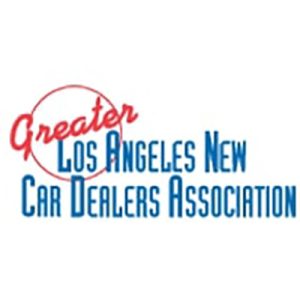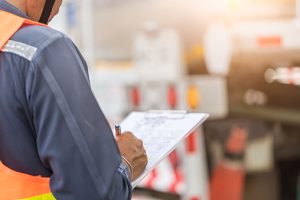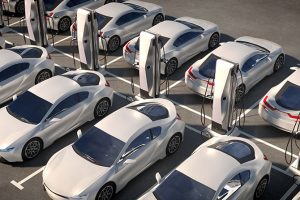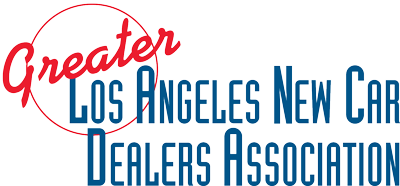Auto shows connect automakers with consumers, which translates into sales. Auto shows have always provided a great opportunity for car buyers and enthusiasts to see, touch and test drive the latest new automobiles.
After the past few years, with the pandemic moving most of the car buying experience online, consumers are ready to experience the possibility of a new car in person. There’s only so much a consumer can get online, even though dealers did a pretty good job of adjusting to the online shopping world.
The direct-to-consumer experience that auto shows provide ensures that events like the LA Auto Show have a bright and vibrant future. Most people don’t carve out time to visit a dealership until they’re well into the buying process. Spending a day with the family, wandering a large convention center is a fun and easy way to figure out what the next family car might be or to dream about someday owning a sports car or off-road vehicle.
Now, more than ever, auto shows have become a relevant part of the car buying experience.
Since the first LA Auto Show in 1907, GLANCDA, formerly known as the Licensed Motor Car Dealers Association of Los Angeles and the Los Angeles Motor Car Dealers Association, has been a sponsor and proud supporter of the annual event.
The show and its 116-year history is steeped in tradition and community involvement and has thrived, in part, because of strong partnerships like the one that GLANCDA shares with it today. To understand the importance of the show to the LA community, one must go back to the beginning.
In 1907, the first-ever LA Auto Show had 99 vehicles on display at Marley’s Skating Rink. As the show grew in popularity, venues changed to accommodate crowds, and the community looked forward to the annual event with great anticipation. Then, in 1929, tragedy struck. A massive fire broke out and destroyed the entire venue, causing over one million dollars in damage. With the help of the association and the community, the show opened one day later at Shrine Stadium. The quick actions of all parties sent a clear message — The LA Auto Show must go on!
In the 1940s, with World War II raging, the LA Auto Show went on hiatus. It came back with great excitement in 1952. The re-opening of the LA Auto Show was held at the Pan Pacific Auditorium with 152 vehicles on display. The return of our soldiers from war brought great interest in European cars, and the number of imports on display grew. The LA Auto Show became an international phenomenon.
The 1960s brought Japanese automobiles to the showroom floor along with a need for more space and to accommodate the crowds. By the 1980s, 87.2% of American households owned at least one vehicle, 51.5% owned more than one. Car ownership was accessible to most, with the average price for a new car being $7,000 and gas being around $0.90 a gallon. Americans had truly become auto-dependent. The LA Auto hit a stride that carried it forward to where it is today.
With the rapid transition to zero-emission vehicles, a wave of new and exciting announcements from automakers will be unveiled at this year’s auto show. The incredible array of new models are a must-see for car enthusiasts. The following companies will be showcasing and debuting at the upcoming LA Auto Show.
- Acura
- Aston Martin
- Cadillac
- Chevrolet
- Chrysler
- Dodge
- Fiat
- Ford
- Genesis
- Honda
- Hyundai
- Jaguar
- Jeep
- Kia
- Land Rover
- Lexus
- Lincoln
- Lucid
- Mazda
- Nissan
- Pebble
- Polestar
- Porsche
- Ram
- Subaru
- Toyota
- Verge
- Volkswagen
- Volvo
We hope to see you this year at the LA Auto Show, Nov. 17‑26, 2023, at the LA Convention Center. Please visit laautoshow.com to learn more.









